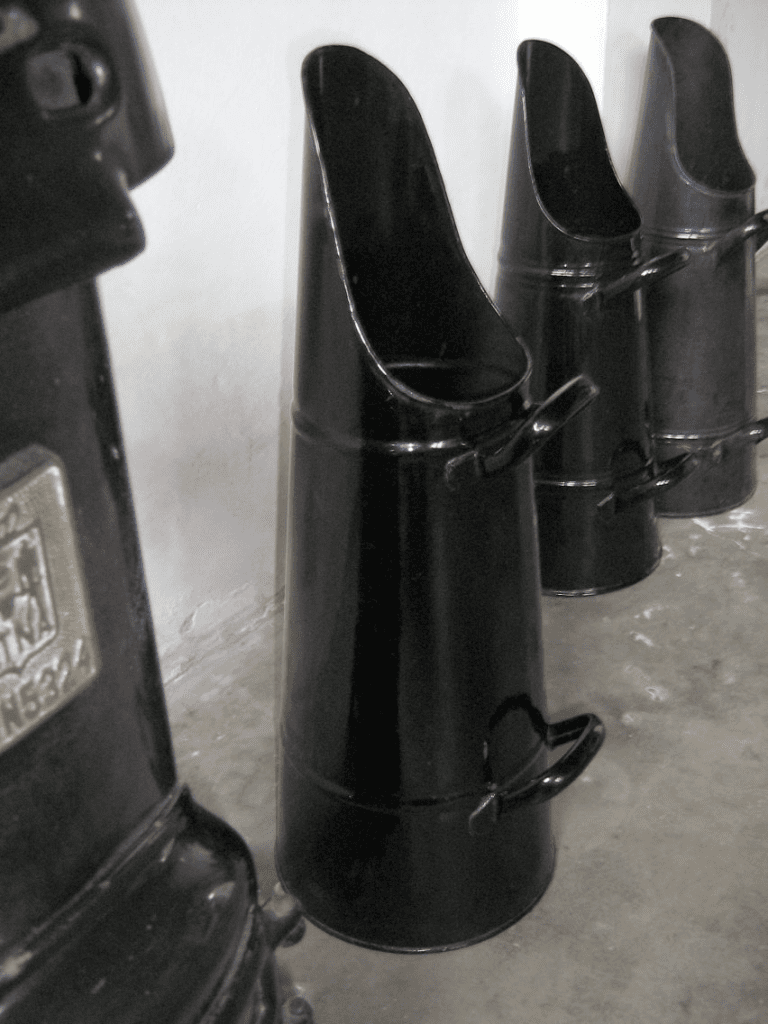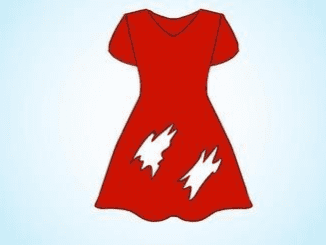Coal scuttles, also known as coal buckets, pails, or hods, are containers traditionally used to hold and carry coal, making them essential household items in homes heated by coal-fired stoves and fireplaces. While coal is no longer a primary heat source for most homes, coal scuttles remain an iconic item cherished by history enthusiasts and interior decorators alike. In this article, we’ll explore the origins, design, evolution, and modern uses of this vintage yet versatile container.
What is a Coal Scuttle?

A coal scuttle is a metal container designed to store a convenient supply of coal close to a stove or fireplace. Typically cylindrical or conical in shape, it features an open top with a slanted edge to make pouring coal easier. The design often includes one or two handles—one for carrying and the other for tilting the scuttle to pour coal smoothly onto the fire. Historically, coal scuttles were essential in every coal-heated home, offering a practical way to keep fuel close at hand.
Over the years, coal scuttles have evolved from a purely functional item into a decorative one, often crafted with intricate designs and finishes to suit modern aesthetics. For those fascinated by vintage decor, a coal scuttle brings a touch of history and rustic charm to any space.
The Origin and Etymology of the Coal Scuttle
The term “scuttle” originates from the Latin word scutulla, meaning “serving platter.” This word traveled through Old English and Middle English before taking on its current meaning as a container for coal. Another term used to describe a coal scuttle is “hod,” which comes from the Old French word hotte, meaning “basket to carry on the back.” This word has Germanic roots and is also used to describe containers or boxes used to carry bricks or other construction materials.
The various names for a coal scuttle reflect its European heritage, and the evolution of the term hints at the item’s long history. From serving as a simple carrier of goods to becoming an essential household item, the coal scuttle has traveled through time as a symbol of practicality.
Design and Functionality of a Coal Scuttle
Coal scuttles are usually crafted from metal, often iron or brass, as these materials are both durable and heat-resistant. Some scuttles are simple in design, made with plain metal to emphasize function over form, while others are more decorative, with intricate etchings, engravings, and embellishments that add to their aesthetic appeal. This variation allows coal scuttles to serve as both functional and decorative items.
The unique shape of the coal scuttle—cylindrical or conical with a slanted opening—serves a practical purpose. The slanted top allows for easy pouring, so coal can be added to the fire without scattering ash or coal dust. The handle at the back of the scuttle aids in steadying the container as you pour, providing a secure grip and more control. This design reflects an era when coal heating was prevalent and everyday items were crafted with both utility and longevity in mind.
The Darker History of the Coal Scuttle
While coal scuttles are generally viewed as simple household tools, they do have a darker side in history. In 1917, a Swedish serial killer named Hilda Nilsson used a coal scuttle, along with other items, in her crimes. She notoriously employed a coal scuttle and a washboard to drown children in her care, a chilling reminder of how ordinary items can be misused in horrifying ways.

Furthermore, during World War I and II, the infamous German Stahlhelm (steel helmet) was nicknamed the “coal scuttle helmet” by English-speaking countries. This helmet, with its distinctive shape, bore a strong resemblance to the coal scuttle and became an enduring symbol of the German military, linking the item to a period marked by conflict and strife.
These infamous associations have cast an intriguing shadow over the coal scuttle’s otherwise unassuming history, adding a layer of historical complexity to this simple household item.
Modern Uses and Decorative Appeal of the Coal Scuttle
Although coal is no longer a primary source of household heating, the coal scuttle has found new life as a decorative item in homes. Its vintage charm makes it a popular addition to rustic, industrial, and eclectic interior styles. Here are a few creative ways to use coal scuttles in modern decor:
- Fireplace Accessory: In homes with wood-burning fireplaces, coal scuttles can serve as stylish log holders. Placing firewood or kindling in a coal scuttle adds a touch of authenticity to a cozy hearth.
- Planter: With their sturdy construction and unique shape, coal scuttles make excellent plant holders. Their rustic look pairs well with green foliage, making them ideal for use in indoor gardens or patios.
- Storage for Magazines or Books: For those who love vintage decor, a coal scuttle can be repurposed as a holder for magazines or books, adding an old-world charm to your reading nook or living room.
- Umbrella Stand: The durable construction and tall, narrow shape of a coal scuttle make it a practical and stylish umbrella stand, ideal for entryways and foyers.
- Decorative Accent Piece: Some homeowners use ornate or antique coal scuttles purely as decorative pieces. With their historical significance and often intricate designs, they can add character and interest to a room.
Collecting Antique Coal Scuttles: A Nostalgic Hobby
For antique enthusiasts and collectors, coal scuttles hold a certain nostalgic appeal. They represent a bygone era of home heating, craftsmanship, and the resilience of everyday objects. Collectors often seek out unique or rare coal scuttles, particularly those made from brass, copper, or those with intricate detailing. Authentic antique coal scuttles can fetch a high price, especially if they are in good condition or come from a notable period.
If you’re interested in collecting coal scuttles, here are some tips:

- Research the History and Design: Understanding the different designs, materials, and historical periods can help you identify valuable pieces.
- Inspect for Authenticity: Look for signs of wear, age, and craftsmanship. Authentic coal scuttles may have minor dents, rust, or patina, indicating they’ve been used and aged naturally.
- Check for Maker’s Marks: Some coal scuttles may bear the mark of the manufacturer, which can add to their value and authenticity.
- Condition Matters: While some wear is expected, overly rusted or damaged coal scuttles may have lower value unless they have significant historical importance.
Why Coal Scuttles Continue to Captivate Us
Coal scuttles are more than just relics from the days of coal heating. They tell stories of how households were managed in the past, reflect historical craftsmanship, and reveal how even the most functional items can be beautiful. In a modern context, they offer versatility as decor, blending seamlessly into both rustic and contemporary settings.
Whether used as a planter, a storage container, or a simple decorative accent, a coal scuttle can add warmth and character to a home. It’s a reminder of the craftsmanship that went into even the most humble household items and a testament to how vintage decor can continue to find relevance in our lives.
Conclusion
The coal scuttle, once a necessity in coal-heated homes, now serves as a charming link to the past. From its functional design and historical associations to its role as a decorative piece, the coal scuttle has proven itself timeless. Embracing the coal scuttle as part of your decor not only adds a touch of nostalgia but also celebrates the beauty of practical design. So, the next time you see a coal scuttle in an antique store or used creatively in someone’s home, you’ll appreciate the rich history and enduring appeal of this humble yet fascinating item.


